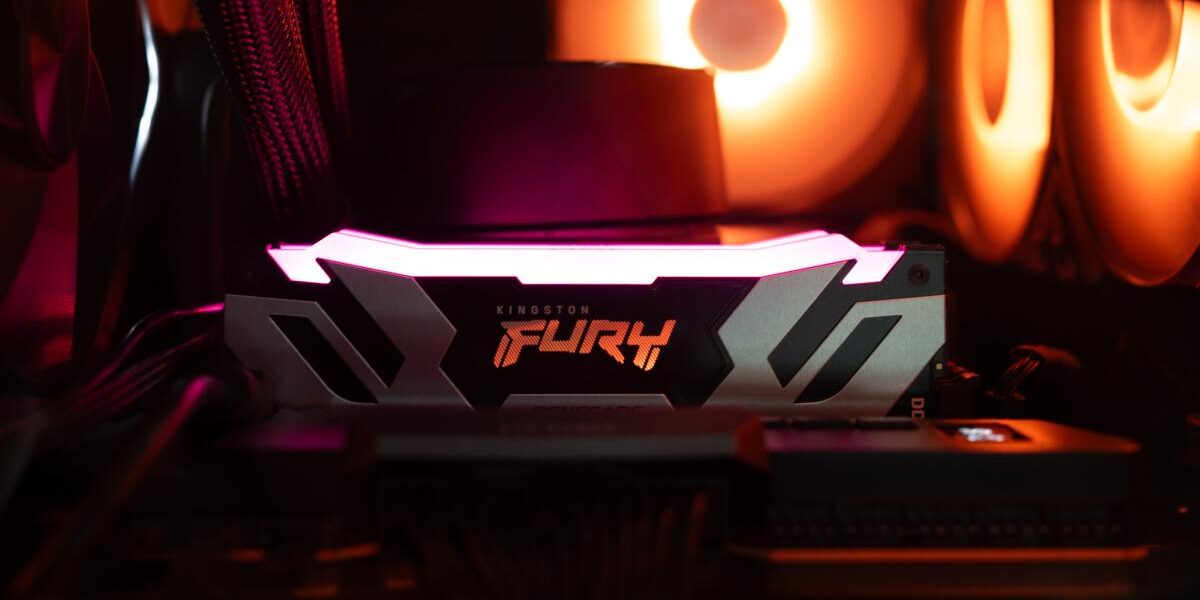How a clock driver chip is transforming DDR memory: CUDIMM explained
Note: This feature was first published on 2 April 2025.

For the longest time, memory modules in PCs have quietly carried on without much fuss or fanfare. Each successive generation – from DDR3 to DDR5 – has mostly revolved around incremental speed improvements, increased capacities, and slight efficiency bumps. However, genuine architectural shifts that tangibly alter performance or functionality have been few and far between. All this has significantly changed with the arrival of the Clocked Unbuffered Dual Inline Memory Module memory standard – or simply known by its more popular abbreviation CUDIMM.
Now, you’ll ask what exactly is CUDIMM, and why should it matter to you? At its core, CUDIMM introduces a dedicated clock driver chip directly onto the memory module itself. It’s not a marketing gimmick nor is it about providing marginal gains that does little for gaming or productivity tasks. Instead, CUDIMM fundamentally addresses a long-standing issue with traditional memory configurations: signal integrity and synchronisation.
Let me unpack that a bit further. With conventional UDIMMs (99% likely what you’re having in your PC now), memory signals are directly controlled by the CPU’s onboard memory controller. At standard frequencies, this arrangement is perfectly adequate. But as DDR5 frequencies have surged past the 8,000 MT/s mark, CPUs have started encountering bottlenecks. At these extreme speeds, even minor issues such as clock jitter and imperfect voltage regulation become amplified, resulting in instability, system crashes, or underwhelming performance.

That’s where CUDIMM steps in. The addition of a clock driver chip on the module takes on the critical task of conditioning and refining signals. Rather than relying solely on the CPU’s onboard controller, this chip stabilises the signal by minimising clock jitter and synchronising memory timings across all the chips within the module. The end result are greater stability, improved performance, and reduced latency – particularly noticeable when overclockers push memory modules to their performance limits.
To put this in perspective, let’s look at Kingston’s Fury Renegade DDR5, which is one of the first memory-makers to have adopted the CUDIMM standard. Previously topping out at a very respectable 8,000MT/s with its UDIMM model, the newest Renegade Fury DDR5 CUDIMM modules now confidently achieve up to 8,400MT/s while maintaining impressively tight timings of CL40. These numbers are achievable right out of the box, so it’s very possible to overclock and go beyond those official frequencies (and comfortably, if I may add). And if you’re wondering how significant that leap is, consider this: DDR5 kits rated at 5200MT/s often run at similar timings, meaning that despite operating at dramatically higher frequencies, CUDIMM modules don’t compromise on latency. It’s an impressive achievement.
What excites me equally, however, is the improvement in power efficiency. The DDR5 memory standard was designed to operate at 1.1v. Yet in practice, pushing DDR5 memory to higher frequencies often necessitated cranking voltages up towards 1.4v, negating some of DDR5’s touted efficiency gains. CUDIMM corrects this. Thanks to the integrated clock driver and an unlocked PMIC (Power Management Integrated Circuit), modules dynamically manage voltages back down to the intended 1.1v, even at top speeds. This means more efficient operation, lower power consumption, and cooler temperatures. It’s a win-win.

Visually, Kingston hasn’t forgotten the importance of aesthetics either. The Fury Renegade DDR5 CUDIMM sports an aggressive aluminium heat spreader design paired with multi-zoned RGB lighting. For those who prefer to keep their PC interior more muted, there’s also an all-black non-RGB model.
But as is often the case with new technology, compatibility remains a factor to consider. Right now, CUDIMM’s fullest potential is only realised on Intel’s Arrow Lake processors and when paired with the latest Z890 motherboards. Unfortunately for Team Red fans, AMD’s Ryzen processors and their corresponding X870 motherboards will primarily run in a so-called Bypass mode when paired with CUDIMM memory – essentially not making use of the clock driver chip. Yes, you can squeeze out extra performance through manual overclocking and adjusting Infinity Fabric ratios, but this is admittedly less straightforward and requires some hands-on tweaking. It’s not for the inexperience.
So, when you’re pondering what memory to get for your next upgrade, be sure to consider a CUDIMM. Especially if you’re on Team Blue.




